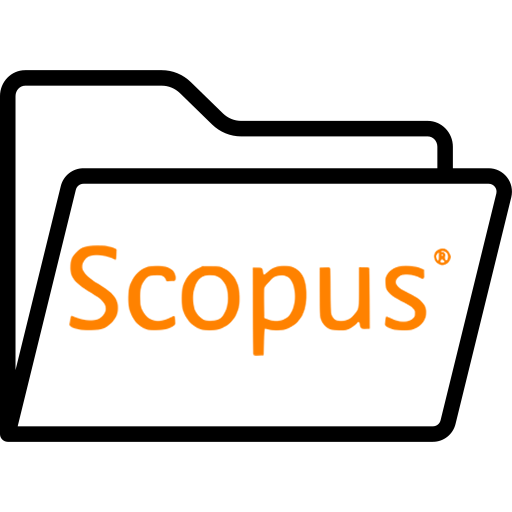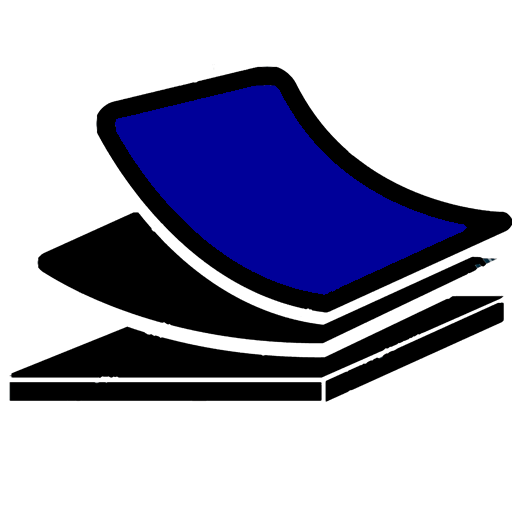Niğde Ömer Halisdemir Üniversitesi Kurumsal Akademik Arşivi
DSpace@ÖHÜ, Niğde Ömer Halisdemir Üniversitesi tarafından doğrudan ve dolaylı olarak yayınlanan; kitap, makale, tez, bildiri, rapor, araştırma verisi gibi tüm akademik kaynakları uluslararası standartlarda dijital ortamda depolar, Üniversitenin akademik performansını izlemeye aracılık eder, kaynakları uzun süreli saklar ve telif haklarına uygun olarak Açık Erişime sunar.

Güncel Gönderiler
HE-LHC: The High-Energy Large Hadron Collider Future Circular Collider Conceptual Design Report Volume 4
(Springer Heidelberg, 2019) Abada, A.; Abbrescia, M.; AbdusSalam, S. S.; Abdyukhanov, I.; Abelleira Fernandez, J.; Abramov, A.; Aburaia, M.
In response to the 2013 Update of the European Strategy for Particle Physics (EPPSU), the Future Circular Collider (FCC) study was launched as a world-wide international collaboration hosted by CERN. The FCC study covered an energy-frontier hadron collider (FCC-hh), a highest-luminosity high-energy lepton collider (FCC-ee), the corresponding 100 km tunnel infrastructure, as well as the physics opportunities of these two colliders, and a high-energy LHC, based on FCC-hh technology. This document constitutes the third volume of the FCC Conceptual Design Report, devoted to the hadron collider FCC-hh. It summarizes the FCC-hh physics discovery opportunities, presents the FCC-hh accelerator design, performance reach, and staged operation plan, discusses the underlying technologies, the civil engineering and technical infrastructure, and also sketches a possible implementation. Combining ingredients from the Large Hadron Collider (LHC), the high-luminosity LHC upgrade and adding novel technologies and approaches, the FCC-hh design aims at significantly extending the energy frontier to 100 TeV. Its unprecedented centre-of-mass collision energy will make the FCC-hh a unique instrument to explore physics beyond the Standard Model, offering great direct sensitivity to new physics and discoveries.
FCC Physics Opportunities: Future Circular Collider Conceptual Design Report Volume 1
(Springer, 2019) Abada, A.; Abbrescia, M.; AbdusSalam, S. S.; Abdyukhanov, I.; Fernandez, J. Abelleira; Abramov, A.; Aburaia, M.
We review the physics opportunities of the Future Circular Collider, covering its e(+)e(-), pp, ep and heavy ion programmes. We describe the measurement capabilities of each FCC component, addressing the study of electroweak, Higgs and strong interactions, the top quark and flavour, as well as phenomena beyond the Standard Model. We highlight the synergy and complementarity of the different colliders, which will contribute to a uniquely coherent and ambitious research programme, providing an unmatchable combination of precision and sensitivity to new physics.
FCC-ee: The Lepton Collider: Future Circular Collider Conceptual Design Report Volume 2
(Springer Heidelberg, 2019) Abada, A.; Abbrescia, M.; AbdusSalam, S. S.; Abdyukhanov, I.; Fernandez, J. Abelleira; Abramov, A.; Aburaia, M.
In response to the 2013 Update of the European Strategy for Particle Physics, the Future Circular Collider (FCC) study was launched, as an international collaboration hosted by CERN. This study covers a highest-luminosity high-energy lepton collider (FCC-ee) and an energy-frontier hadron collider (FCC-hh), which could, successively, be installed in the same 100 km tunnel. The scientific capabilities of the integrated FCC programme would serve the worldwide community throughout the 21st century. The FCC study also investigates an LHC energy upgrade, using FCC-hh technology. This document constitutes the second volume of the FCC Conceptual Design Report, devoted to the electron-positron collider FCC-ee. After summarizing the physics discovery opportunities, it presents the accelerator design, performance reach, a staged operation scenario, the underlying technologies, civil engineering, technical infrastructure, and an implementation plan. FCC-ee can be built with today's technology. Most of the FCC-ee infrastructure could be reused for FCC-hh. Combining concepts from past and present lepton colliders and adding a few novel elements, the FCC-ee design promises outstandingly high luminosity. This will make the FCC-ee a unique precision instrument to study the heaviest known particles (Z, W and H bosons and the top quark), offering great direct and indirect sensitivity to new physics.
FCC-hh: The Hadron Collider: Future Circular Collider Conceptual Design Report Volume 3
(Springer Heidelberg, 2019) Abada, A.; Abbrescia, M.; AbdusSalam, S. S.; Abdyukhanov, I.; Abelleira Fernandez, J.; Abramov, A.; Aburaia, M.
In response to the 2013 Update of the European Strategy for Particle Physics (EPPSU), the Future Circular Collider (FCC) study was launched as a world-wide international collaboration hosted by CERN. The FCC study covered an energy-frontier hadron collider (FCC-hh), a highest-luminosity high-energy lepton collider (FCC-ee), the corresponding 100km tunnel infrastructure, as well as the physics opportunities of these two colliders, and a high-energy LHC, based on FCC-hh technology. This document constitutes the third volume of the FCC Conceptual Design Report, devoted to the hadron collider FCC-hh. It summarizes the FCC-hh physics discovery opportunities, presents the FCC-hh accelerator design, performance reach, and staged operation plan, discusses the underlying technologies, the civil engineering and technical infrastructure, and also sketches a possible implementation. Combining ingredients from the Large Hadron Collider (LHC), the high-luminosity LHC upgrade and adding novel technologies and approaches, the FCC-hh design aims at significantly extending the energy frontier to 100TeV. Its unprecedented centre of-mass collision energy will make the FCC-hh a unique instrument to explore physics beyond the Standard Model, offering great direct sensitivity to new physics and discoveries.
Evidence for spherical-oblate shape coexistence in 87Tc
(Amer Physical Soc, 2022) Liu, X.; Cederwall, B.; Qi, C.; Wyss, R. A.; Aktas, O.; Ertoprak, A.; Zhang, W.
Excited states in the neutron-deficient nucleus Tc-87 have been studied via the fusion-evaporation reaction 54Fe(36Ar, 2n1p) Tc-87 at 115 MeV beam energy. The AGATA gamma-ray spectrometer coupled to the DIAMANT, NEDA, and Neutron Wall detector arrays for light-particle detection was used to measure the prompt coincidence of gamma rays and light particles. Six transitions from the deexcitation of excited states belonging to a new band in Tc-87 were identified by comparing gamma-ray intensities in the spectra gated under different reaction channel selection conditions. The constructed level structure was compared with the shell model and total Routhian surface calculations. The results indicate that the new band structure in 87Tc is built on a spherical configuration, which is different from that assigned to the previously identified oblate yrast rotational band.




















